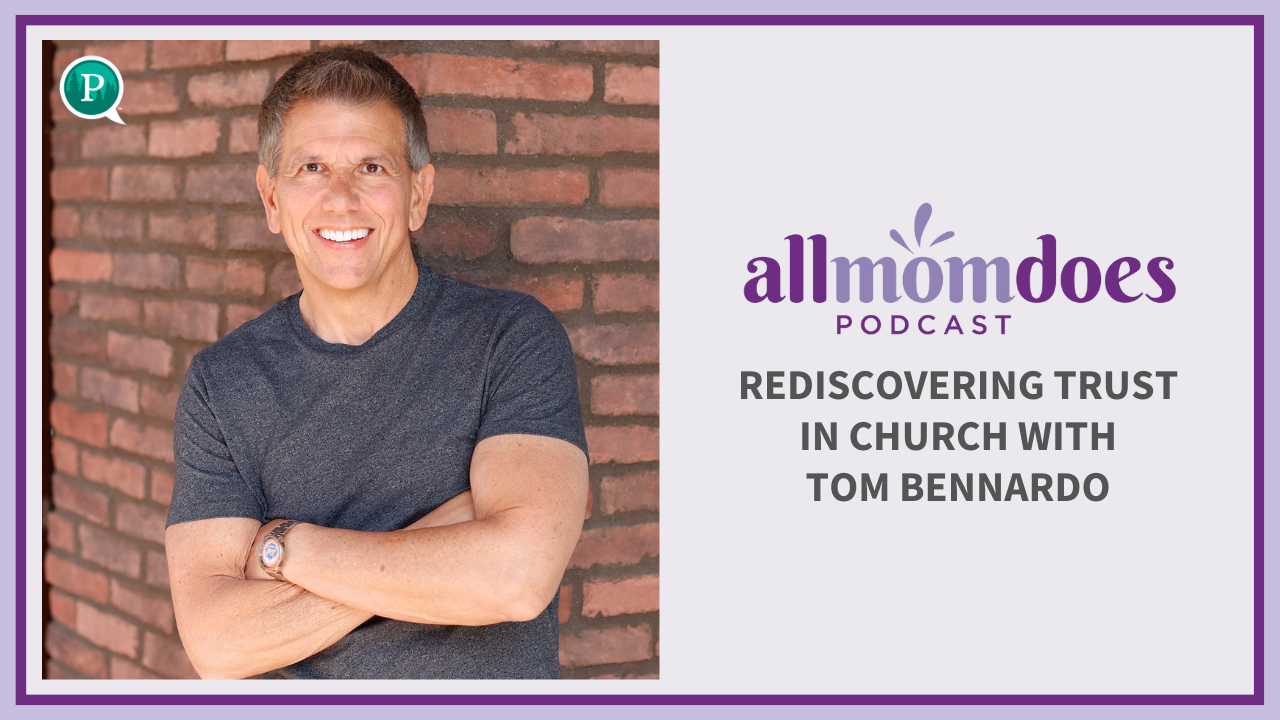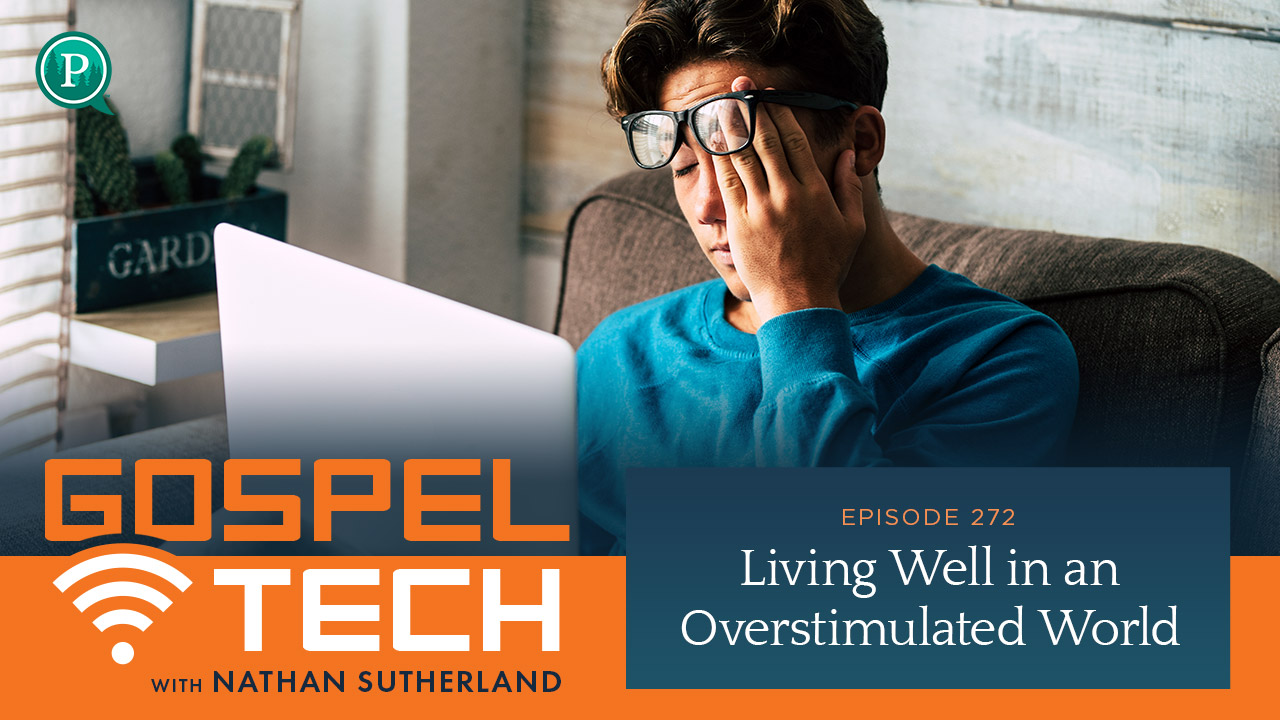Last week, a supermodel admitted that nothing on her face is “real”. She has had work done on virtually every one of her features. The media praised her for her honesty and commented on how wonderful it was that she had the courage to be “real”. But, I was just left feeling sad.
Why had she felt driven to completely redo her face? What was so unacceptable about her looks before? Couldn’t we have loved her as she was? What prompted her to become a plastic clone of every other model?
Likewise, I follow a young make-up artist on Instagram. I started following her because of her whimsical looks and her sense of humor. She has (had) a pixie face and a tiny cupid’s bow mouth that made her stand out as unique and adorable. A few days ago, she put up a picture of herself and admitted to having had work done. Her tiny mouth was gone, replaced with the fake fish lips that have become so popular of late. And, her pixie face had completely changed shape too. My heart broke.
Did she not realize how completely adorable she was “before”?
All this made me ask the question: “What is beauty?”
In my day, a young woman wouldn’t dream of having plastic surgery unless it was to correct a disfiguring issue. Today, it’s not unusual for women to begin having surgery in their twenties or even earlier. And, because of its addicting nature, they often go on to have more and more work done until they don’t even resemble the person they once were.
Now, don’t get me wrong. I struggle with my own appearance and growing older is not for the faint of heart, so I do understand the attempts people make to recapture their youth. But, when large numbers of young women begin to go under the knife, I see that we live in a country with a skewed definition of beauty.
I love watching English television. Not only is the scenery lovely and the storylines more plausible, but the women are not afraid to age naturally. It is rare to see an English actress who has had her face redone. And, in the show I’m currently watching, most of the women are filmed without make-up. They let their laugh lines show and they aren’t ashamed of their less-than-perfect bodies. And, they are beautiful.
In contrast, I recently watched an American movie about a group of seniors in a retirement community. I literally gasped out loud when I saw the aging stars on the screen. Their stretched skin and fake lips made them look ghastly. Only one of the actresses had allowed herself to age naturally and she was beautiful.
I’m blessed to have a seventy-five year old mentor who carries the lines on her face that come from living an active life outdoors. She wears no make-up and has a cloud of snow white hair. Knowing that I struggle with my self-esteem, she recently asked me if there was any part of my body that I actually like. I was shocked when I quickly blurted out, “My scars.”
After a health crisis a few years ago, skin was harvested from my thigh and grafted onto my abdomen to close a wound that covered my entire stomach. I was left with some really nasty scars. Interestingly (and sadly), I can find fault with every other part of my body, but I’ve grown rather fond of my scars. They show that I’m a fighter and a survivor. And, that makes them beautiful.
So, why can’t we redefine beauty? Why can’t we have models with distinctive features, scars and individuality? I’d buy whatever they’re modeling just because they look different! And, why can’t we embrace our flaws and the things that make us different? For, it is when we try to conform to a worldly view of beauty that we begin to feel bad about ourselves.
1 Peter 3:3-4 says: “Your beauty should not come from outward adornment, such as braided hair and the wearing of gold jewelry and fine clothes. Instead, it should be that of your inner self, the unfading beauty of a gentle and quiet spirit, which is of great worth in God’s sight.”
Perhaps, it is only when we remember this that we will begin to feel truly beautiful.












